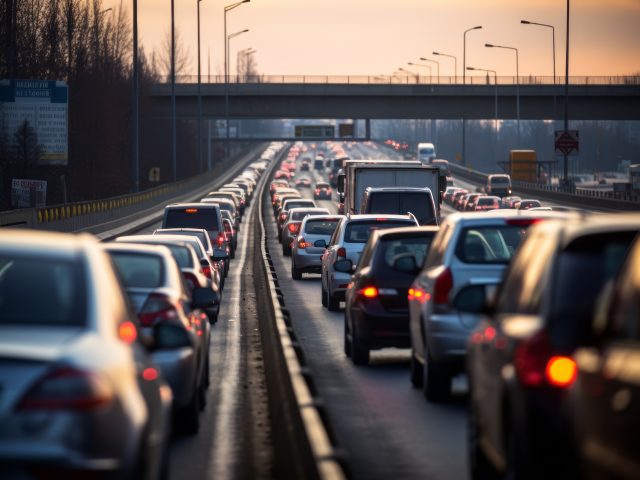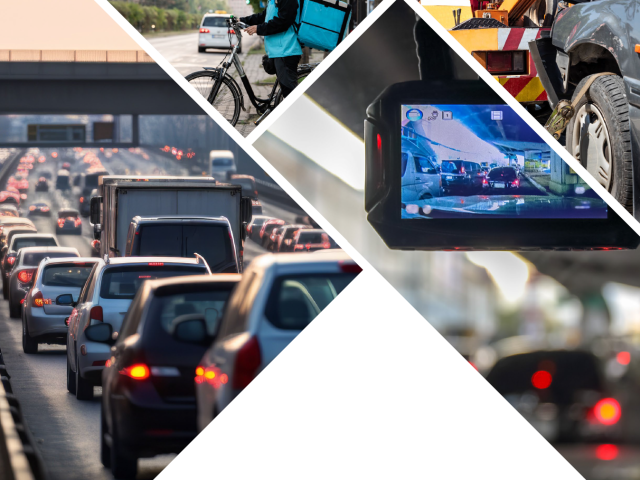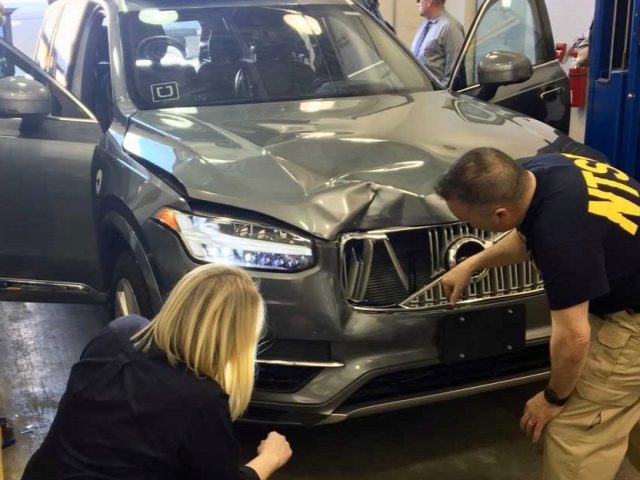Drivers to be responsible for lane changes made by driver assistance systems
New regulations under development at the UNECE in Geneva for future EU and UK versions of driver assistance systems such as Tesla’s Autopilot could result in cars making manoeuvres like lane changes without the driver’s consent. But because the new rules would apply to so-called Level 2 driver assistance systems, the driver would remain responsible in the case of a collision, even though they did not make the manoeuvre themselves.
The new rules are set to be finalised at a series of UNECE meetings starting on 9 September. The European Transport Safety Council, an official observer to the UNECE’s ‘task force on advanced driver assistance systems’ (TF ADAS), which is discussing the new regulations, is warning that the proposed changes could have lethal consequences.
At a meeting in mid-March the working group reviewed a proposal from AVERE, an organisation representing electric vehicle manufacturers including Tesla, entitled “Proposal to include provisions for system-initiated manoeuvres”, where carmakers set out how they wanted the rules for so-called ‘system-initiated lane changes’ to work.
Worryingly, the text refers to how the system should react if it mistakenly steers into a cycle lane – demonstrating that car manufacturers want to see lane-change manoeuvres being carried out on urban and rural roads, not just on motorways, which are generally a more predictable and safer environment.
That industry-led proposal is now the basis of the official draft position of the UNECE working group, according to meeting documents from July, published in August.
Cars that carry out lane changes by themselves could be available shortly on thousands of new vehicles as UNECE vehicle regulations are usually applied in the EU and UK very soon after agreement in Geneva. Existing UNECE regulations apply to millions of vehicles already on European and UK roads.
Most new vehicles sold in Europe today have some sort of Level 2 driver assistance system which combines cruise control with a system that keeps the vehicle in its lane and a fixed distance from the car in front. Under existing UN rules, which apply in the EU and the UK, most of these systems require the driver to have their hands on the wheel at all times.
The car industry is pushing at the UNECE for regulations to allow such systems to be operated ‘hands off’, and to allow the system to decide on lane changes by itself.
The industry argues that the driver would be monitored with a camera and given a warning and allowed to interrupt a lane change before it takes place – but ETSC warns that such changes dangerously blur the line between whether the driver or the vehicle is in control.
Research shows that using an internal camera to monitor that a driver is looking at the road is not enough to ensure they are actually concentrating on driving. A 2018 study by Volvo showed that drivers looking at the road supervising an automated system, still crashed because their mind had drifted.
Professor Oliver Carsten, an expert in driver interaction with vehicles, and ETSC representative at the group commented:
“Carmakers are pushing hard to add more and more features that will make a car feel like it is driving itself, but they don’t want to take responsibility for any mistakes – they still want small print that says the driver is in charge. The result will be that drivers will see the system steering and making lane changes and just start to trust the system completely. That is where the danger lies. There are now many examples of crashes in the United States, where regulation is much less strict, of drivers trusting the system too much, with catastrophic consequences.”
ETSC says there should be a clear dividing line between assistance systems and full automated driving systems (Level 3 and above). Specifically, the organisation wants assistance systems to always be ‘hands-on’ so the driver knows they are in charge. ETSC also says an assistance system should not be allowed to make lane changes without the driver’s explicit consent.
“There is no doubt that the industry is putting enormous pressure, not just on the UN, but also on the UK and EU governments, to get the go-ahead for these systems – despite the fact that there is no evidence that they are safe to be used in all the driving situations they are talking about” added Carsten.
In a new briefing published today, ETSC examines the risks of hands-off driving and system-initiated lane changes on vehicles where the driver remains legally responsible.







